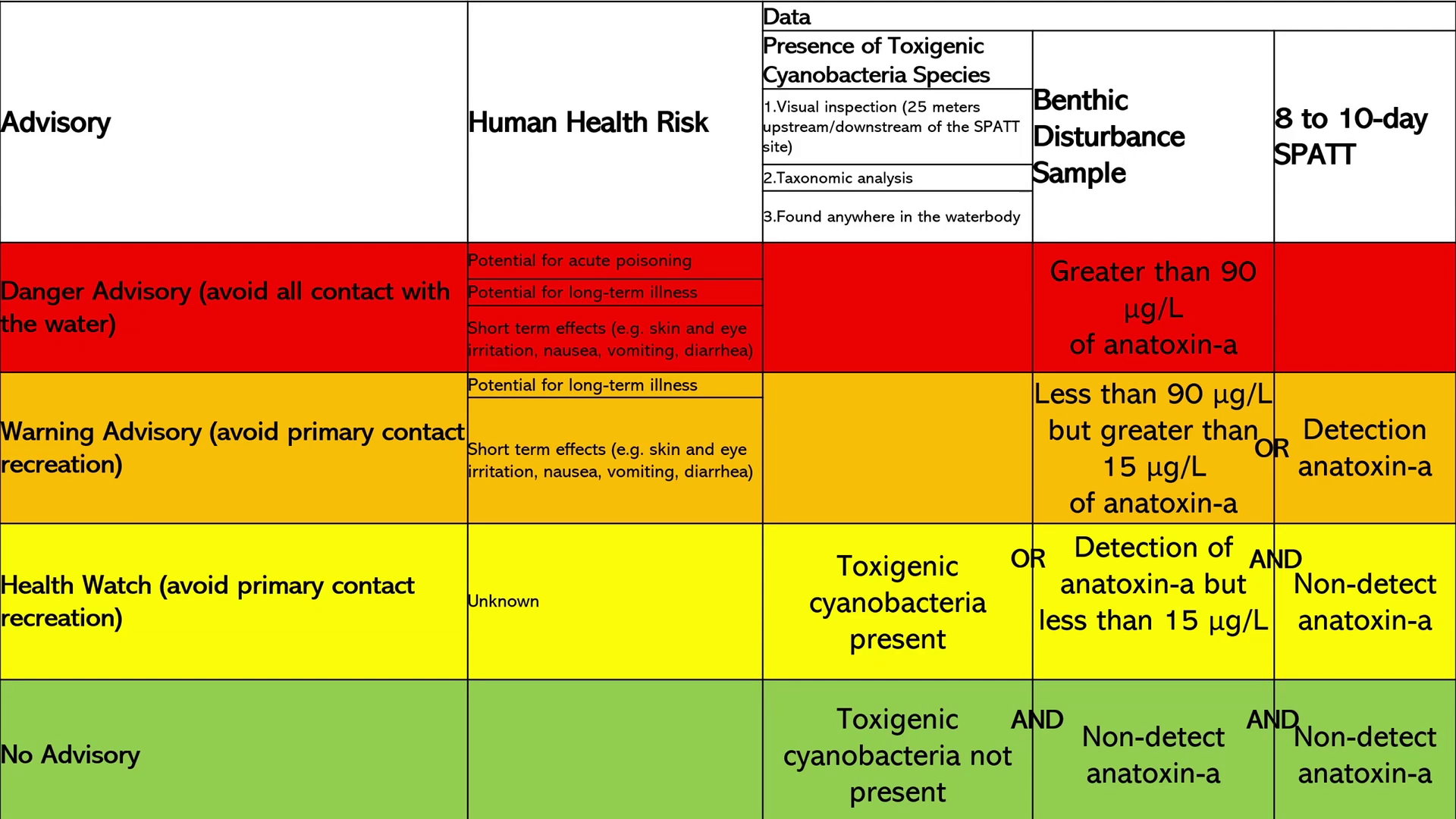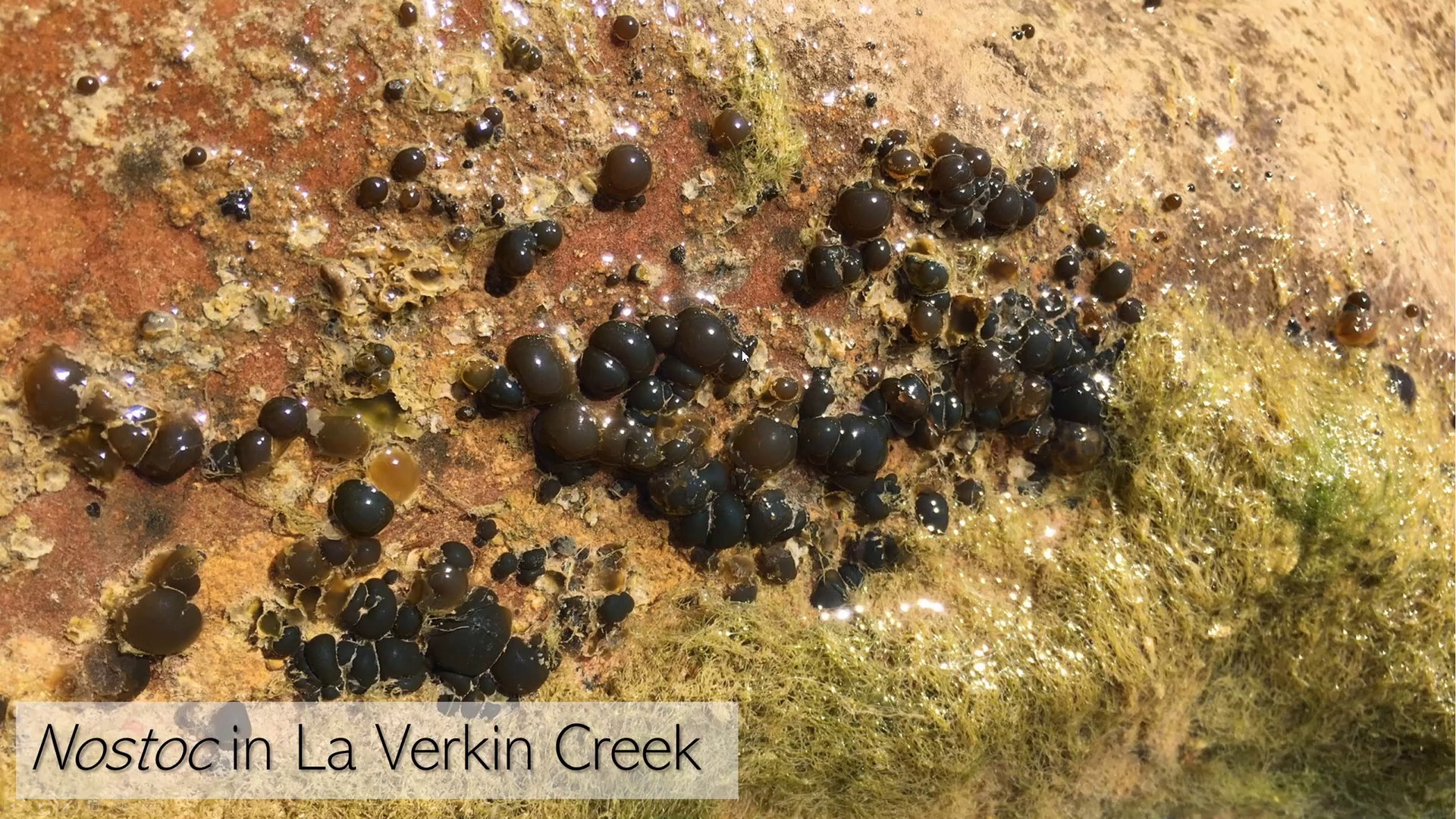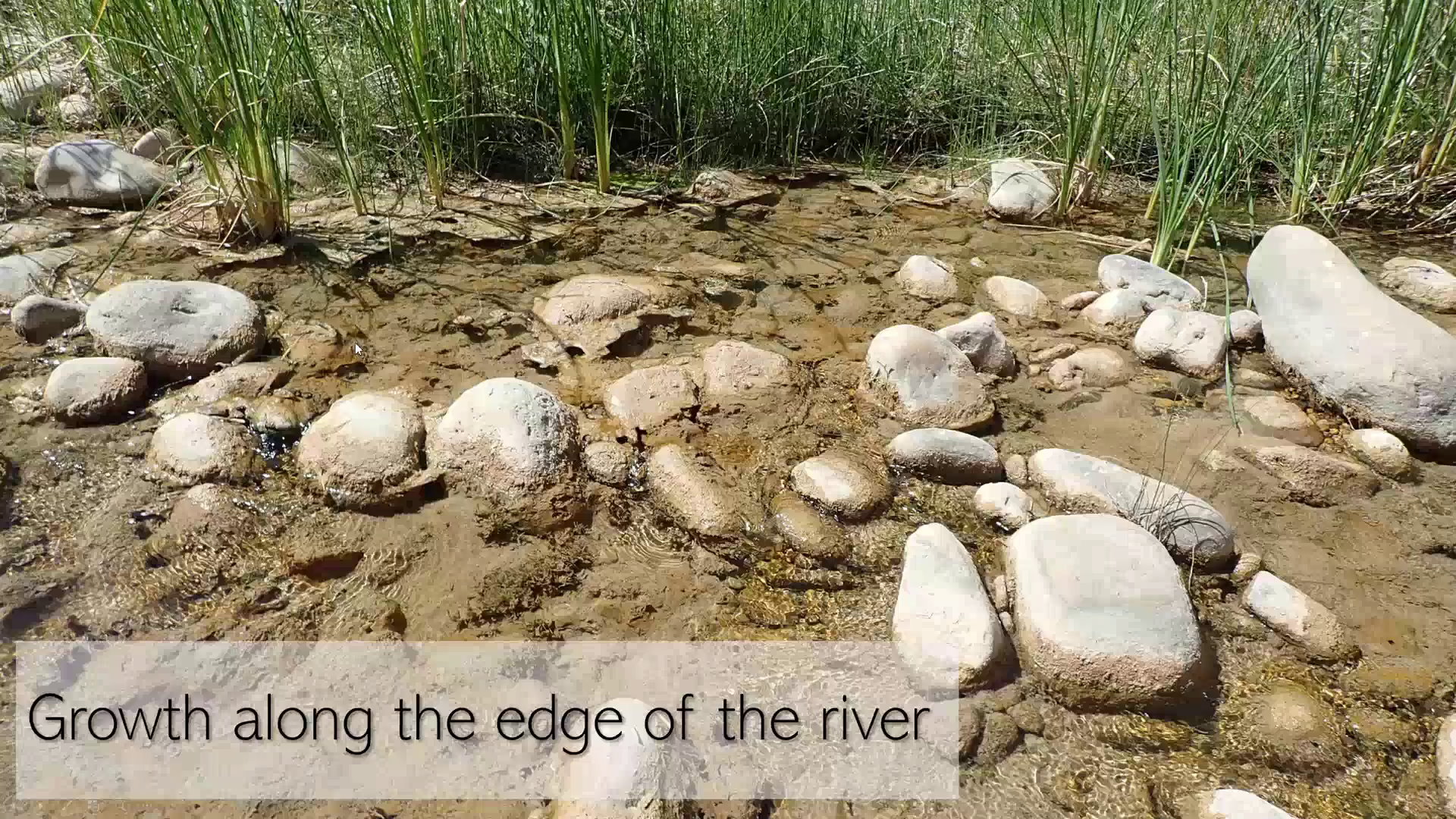ST. GEORGE — Earlier this month, the level of risk posed by bacteria-produced toxins in the Virgin River for visitors to Zion National Park was lowered from a danger advisory to a warning advisory. While this was prompted by a decrease in detectable levels of the bacteria and associated toxins, officials warn the health risk posed by the river-based algal blooms remains and will most likely continue through the summer.

Zion National Park and the Utah Department of Environmental Quality announced at the start of June that the harmful levels of cyanobacteria and the toxins it creates had subsided in the Virgin River tributaries of the North Fork, North Creek and LaVerkin Creek. The lowered risk assessment came after consecutive samplings in May confirmed the decreasing bacterial and toxin levels.
A danger advisory for the Virgin River in the national park had been issued in March after toxin levels were recorded at over 90 micrograms-per-liter. When originally reported in July 2020, detected concentrations of the cyanotoxin came in at over 550 micrograms-per-liter. June’s reduced warning advisory now places those levels between 15 and 90 micrograms-per-liter.
Anatoxin-a, the toxin produced by the bacterial blooms, can impact the liver and nervous system and pose a risk for long-term illness if ingested. According to the Utah Division of Water Quality, symptoms of exposure can include skin and eye irritation, salivation, drowsiness, tingling, burning, numbness, pain, incoherent speech, muscle contractions or twitching, vomiting and diarrhea.
People walking through the water on certain trails may continue doing so as walking through areas where the bacterial blooms may be present isn’t considered a high risk by park and health officials. The worry occurs when the cyanotoxins manages to get inside the body. This is why swimming in the river, dipping your head into the river or drinking from the river are warned against.
For example, people hiking the popular Narrows trail in the park aren’t necessarily considered at risk as long as they avoid “primary contact” with the water.

“At this time, we are advising recreators to avoid primary contact recreation. That’s not avoiding the water altogether; that’s just avoiding swimming and submerging your head,” Robyn Henderek, Zion National Park’s physical scientist, said Wednesday. “Hiking through the water column, as long as you’re not engaging in primary contact, recreational risks should be relatively low.”
Children are considered especially at risk to the toxin, as are dogs. It was due to the sudden death of the pet dog of a family visiting Zion National Park last year that led to the discovery of the toxin in the river.
State and national park officials provided an update Wednesday on the continuing monitoring of cyanobacteria bloom efforts within the park. They also shared ways the public can recognize the potential presence of harmful algal blooms along the river.
Harmful bacteria blooms typically occur in lakes and reservoirs and not in rivers, said Kate Fickas, of the Utah Department of Environmental Quality.

While rare, they have been known to occur, and in the case of the Virgin River, the blooms are occurring on the bottom of the river, as well as alongside it, Henderek said.
Since the bacteria’s discovery, though, a priority of state and park officials has been finding where the bacterial blooms are and where they are the most toxic, and then determining how safe, or unsafe, those areas may be for visitors to interact with. Part of this process involves educating the public on how to recognize when signs of an algal bloom are present.
“We’ve been trying to push out to recreators to watch out for this,” Henderek said, and proceeded to share images of different varieties of bacterial blooms that occurred in separate parts of the river system.
A strain of cyanobacteria that can produce a “potent” form of neurotoxin called microcoleous can be found in the North Fork of the Virgin. This variety of cyanobacterial bloom starts out as a dark green and turns to a light or dark drown and has a “veiny” appearance, Henderek said.
This form of bacteria “grows in abundance” and poses a threat to recreators where it blooms.
Other strains of cyanobacteria found in the river include “nostoc,” which can look like black “gelatinous pearls,” and is found in La Verkin Creek, and “tychonema,” found in North Creek, which looks like yellowish, globular material on the bottom on the river.
Article continues below





While Zion National Park is able to routinely checking the blooms in the Virgin River within the park, the same is not true for the river outside of the park. Due to a lack of state resources, state water officials aren’t able to be check the river as frequently as national park staff, Fickas said.
State water officials have reportedly seen tiny pockets of possible toxic cyanobacteria south of Rockville. These low levels were detected last year. However, conditions may have changed, especially with the worsening of the drought.

“We’re not able to characterize with confidence in terms of the exact risk at each different geographical locations. However, that’s why we have the warning advisory to make sure that residents and recreators that are visiting understand what cyanobacteria looks like, and know what to look for,” Fickas said.
As the appearance of the bacterial blooms in a river can be a rather unique occurrence, it is unknown what caused it to occur in the Virgin River. Data surrounding the occurrence and just when the bacteria may bloom and produce toxins is also limited, Henderek said. Regardless, algal blooms appear to prosper in warmer weather.
The only known way to get rid of such algal blooms is through what Fiskas called a “large scouring event” that occurs in the wake of heavy rainfall. This would help wash away the algal blooms, at least for a time. So far, such rainfall has been close to nonexistent.
“We’re in a very severe drought, Zion National Park received almost no rain last year, not enough to scour,” Fickas said.
Both Fickas and Henderek said residents and visitors to Zion National Park need to pay attention to the advisories and updates concerning the Virgin River which can be found on the national park’s website and the Utah DEQ website.
“Recreate responsibly by checking the current advisory for whatever waterbody you will be recreating in,” Henderek said. “You can be confident that what you have should be the latest data for any recreational experience you are choosing to have. So check the websites … so you may recreate responsibly.”
Copyright St. George News, SaintGeorgeUtah.com LLC, 2021, all rights reserved.